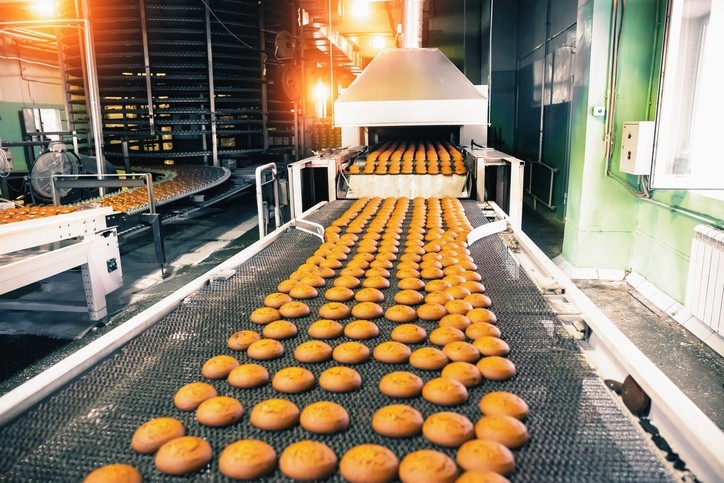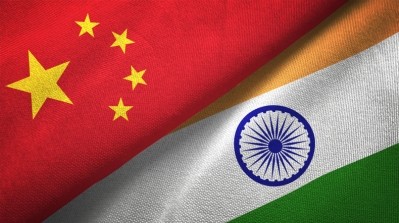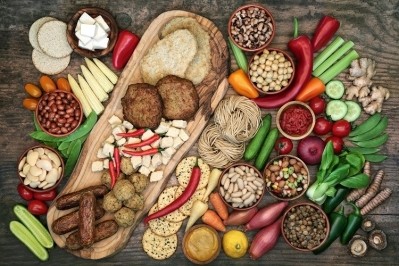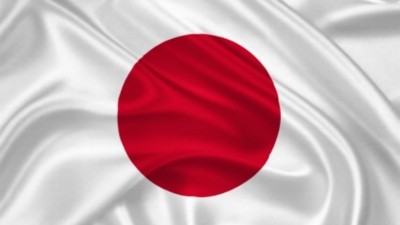F&B manufacturing in Philippines and Thailand shrinks while Vietnam and Indonesia see growth: Oxford Economics report

Oxford Economics estimates that Philippines and Thailand experienced a 7% and 4% drop respectively in their F&B manufacturing sector.
For Vietnam and Indonesia, their F&B manufacturing sectors were estimated to have expanded by 5% and 3% in 2020 respectively.
In the report, F&B manufacturing comprised the production of food and non-alcoholic beverages.
Along with F&B distribution (retail, catering, hospitality) and agricultural production, the three components make up the main agri-food sector.
According to the report, commissioned by Food Industry Asia, this is the first of its kind study analysing five years of economic activity across the entire food value chain, from farm-to-fork.
Despite the challenging economic conditions posed by the COVID-19 pandemic, the agri-food sector in all four countries remained resilient.
For the Philippines, the F&B manufacturing component makes up 46% of the total agri-food sector’s contribution (US$126.7bn) to the country’s GDP (29.8%). This is a significantly larger share compared to the other three countries in the study.
In Thailand, manufacturing makes up 31% of the agri-food sector, 19% for Vietnam and 29% for Indonesia.
Negative growth
In the Philippines, the agri-food sector contracted 4% in 2020, Thailand shrank by 6%, while Vietnam and Indonesia grew 4% and 2% respectively.
Philippines’ and Thailand’s agri-food sector were growing at an average annual rate of 3.8% and 10% from 2015 to 2019, before the pandemic.
However, the scale of this impact was considerably smaller than what the economy endured as a whole, highlighting the essential nature of agri-food production and distribution.
The negative growth last year in both countries reflected the poor economy, weakness in demand from food distribution, which was passed through into food manufacturing.
In addition, supply chain disruptions, factory closures and limits to worker movements have hampered the whole manufacturing sector during the COVID-19 period.
The report also discussed Philippines’ heavy reliance on imports, especially processed foods such as cereals.
“Many of these products are required as inputs to the food manufacturing sector in the Philippines and cannot be provided by the country’s proportionally small agriculture sector,” the report said.
“As cost of food imports rise rapidly, these cost increases are likely to be passed onto consumers, and have a knock-on effect on living standards, given the importance of cereal products to the import mix.”
The Philippines and Thailand are also dependent on tourism for its food industry, which have been hampered by the pandemic.
Commenting on the findings, Elizabeth M. de. Leon-Lim, chairman and president of the Philippine Chamber of Food Manufacturers Inc., stated given that uncertainties in international tourism continues into the near future, the agri-food industry will need to work closely with the Philippine government to identify other ways it can thrive in the new normal.
James Lambert, director of Economic Consulting Asia for Oxford Economics added: “As the Philippines looks to emerge from the pandemic stronger, it is important that policymakers provide the most conducive conditions for the agri-food industry to successfully rebuild itself, and that any fiscal policy implemented is carefully planned, designed, and communicated. That will allow the industry to continue to provide the economic benefits it has delivered over recent decades.”
Lambert notes that fiscal adjustments could include reducing public expenditure or raising tax revenues, which can pose a risk to the recovery of the Philippines’ agri-food sector, and subsequently the wider national economy.
Positive growth
In Vietnam, the positive growth in F&B manufacturing was said to mirror the growth of the Vietnamese economy, which was estimated to have grown in 2020 despite the COVID-19 pandemic.
In Indonesia, improving productivity through technology, innovation and skills most likely contributed to its positive growth in F&B manufacturing.



















